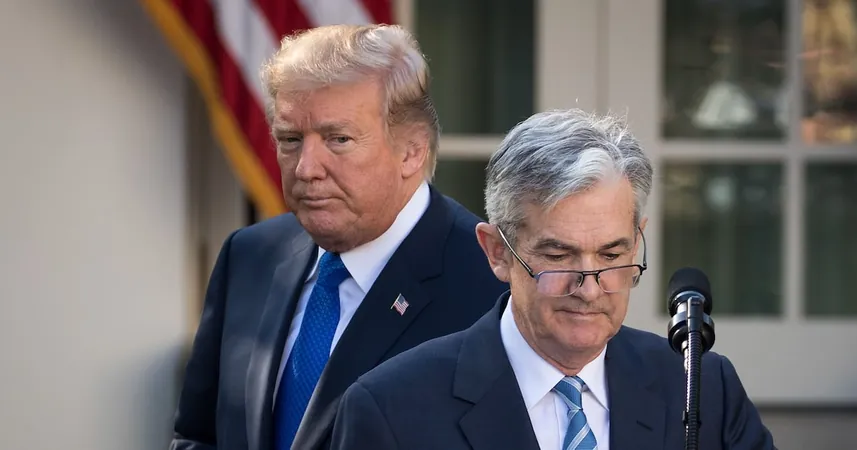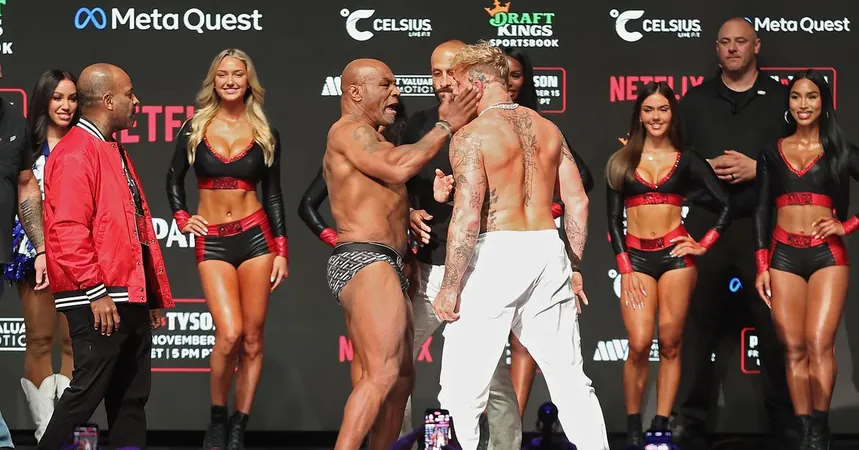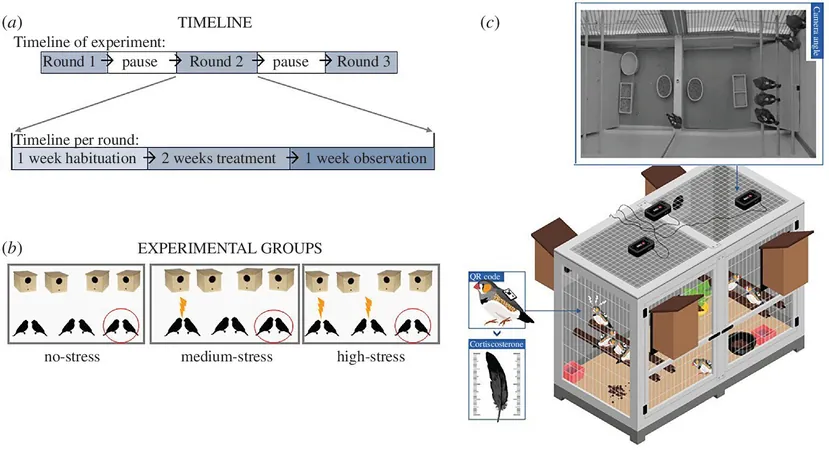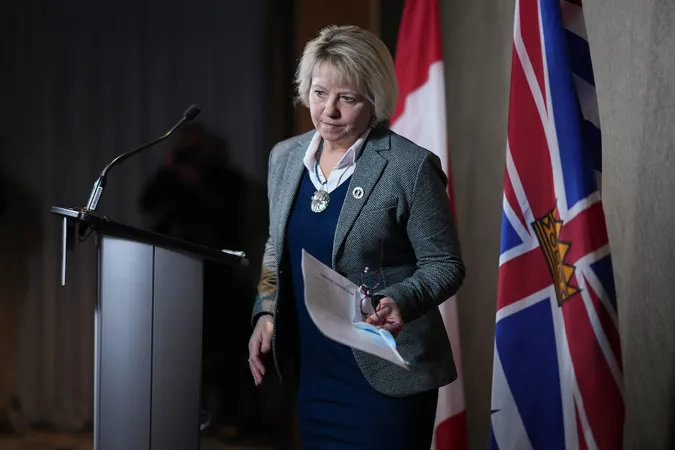
U.S. Federal Reserve on the Brink of Second Interest Rate Cut Amid Heightened Economic Uncertainty
2024-11-07
Author: Liam
U.S. Federal Reserve Preparing for Interest Rate Cut
In a significant development, the U.S. Federal Reserve is gearing up to announce a second consecutive cut in key interest rates, reflecting ongoing concerns over inflation that has troubled many Americans. The decision is likely to come amidst a shifting economic landscape following the election of Donald Trump, whose economic strategies are being deemed potentially inflationary.
Challenges to Federal Reserve Independence
Historically, the Federal Reserve has maintained a strong commitment to its independence, allowing it to make critical decisions regarding borrowing rates without political influence. However, Trump’s presidency has complicated this dynamic. Previously, he openly criticized Fed Chair Jerome Powell when interest rates were raised to combat inflation, raising fears of political interference in monetary policy moving forward.
Mixed Economic Indicators
The current economic indicators are mixed: while growth remains resilient at just below 3% annually, there are worrying signs in the labor market, where hiring has softened. Even though consumer spending has been robust, prompting discussions about the necessity of rate cuts, many economists warn that reducing borrowing costs might over-stimulate the economy and rekindle inflationary pressures.
Financial Market Reactions
Meanwhile, financial markets have reacted to the Fed's previous rate cut in September by increasing Treasury yields, which has indirectly raised borrowing costs across various sectors, dampening the intended impact of the Fed's half-point reduction. For instance, while mortgage rates had initially dropped as the Fed signaled a rate cut, they subsequently increased following the actual decrease in rates, causing confusion among prospective homebuyers.
Trump's Economic Impact
Wall Street's recent surge, often referred to as the "Trump trade," suggests that investors are optimistic about increased growth and potential tax reforms under Trump's leadership. His proposed tariffs, including a sweeping 10% increase on all imports and a significant levy on Chinese goods, are set to drive inflation upward—potentially elevating the consumer price index to between 2.75% and 3% by mid-2026, according to economists at Goldman Sachs.
Future Rate Cut Prospects
If such inflationary trends materialize, the Fed's strategy of continuing to lower rates may need drastic revisions. Initial plans hinted at two more rate cuts this year and several throughout 2025, but market expectations have shifted. The chance of a rate cut in the upcoming January meeting has dropped dramatically, now sitting at just 28%, a significant decline from nearly 70% last month.
Navigating Complex Economic Conditions
This evolving economic situation poses a daunting challenge for the Federal Reserve: efforts to stimulate the economy through lower borrowing costs might be undermined if investors begin adjusting long-term rates in anticipation of rising inflation. While consumer spending has shown strength due to high-income earners, the Fed faces pressure as the labor market struggles to keep up.
Conclusion
As the economy continues to grow and inflation threatens to rise, the central bank will be forced to navigate these complex conditions carefully, weighing the need for rate cuts against the potential consequences of doing so in an increasingly uncertain economic environment. The coming months will be pivotal as the Fed strives to balance its dual mandate of promoting maximum employment and stable prices in the face of significant political and economic challenges.









 Brasil (PT)
Brasil (PT)
 Canada (EN)
Canada (EN)
 Chile (ES)
Chile (ES)
 España (ES)
España (ES)
 France (FR)
France (FR)
 Hong Kong (EN)
Hong Kong (EN)
 Italia (IT)
Italia (IT)
 日本 (JA)
日本 (JA)
 Magyarország (HU)
Magyarország (HU)
 Norge (NO)
Norge (NO)
 Polska (PL)
Polska (PL)
 Schweiz (DE)
Schweiz (DE)
 Singapore (EN)
Singapore (EN)
 Sverige (SV)
Sverige (SV)
 Suomi (FI)
Suomi (FI)
 Türkiye (TR)
Türkiye (TR)